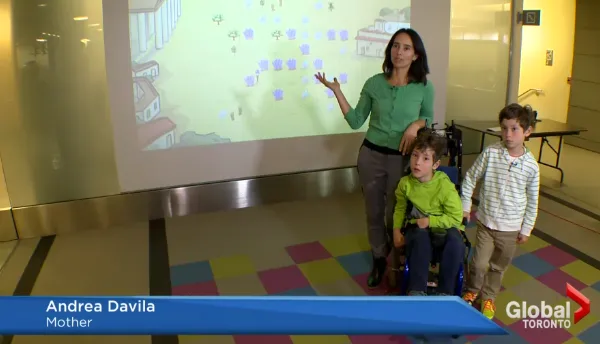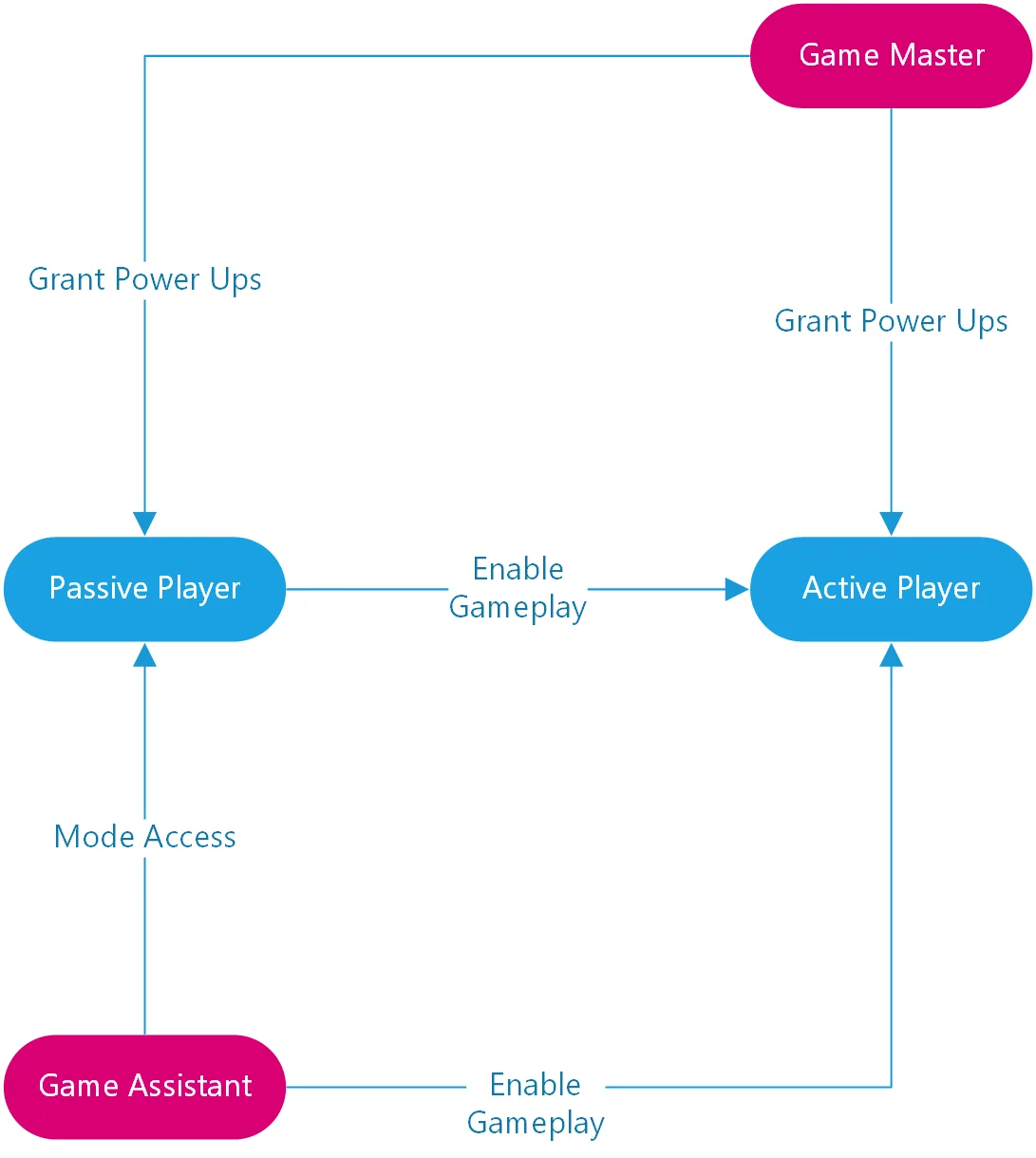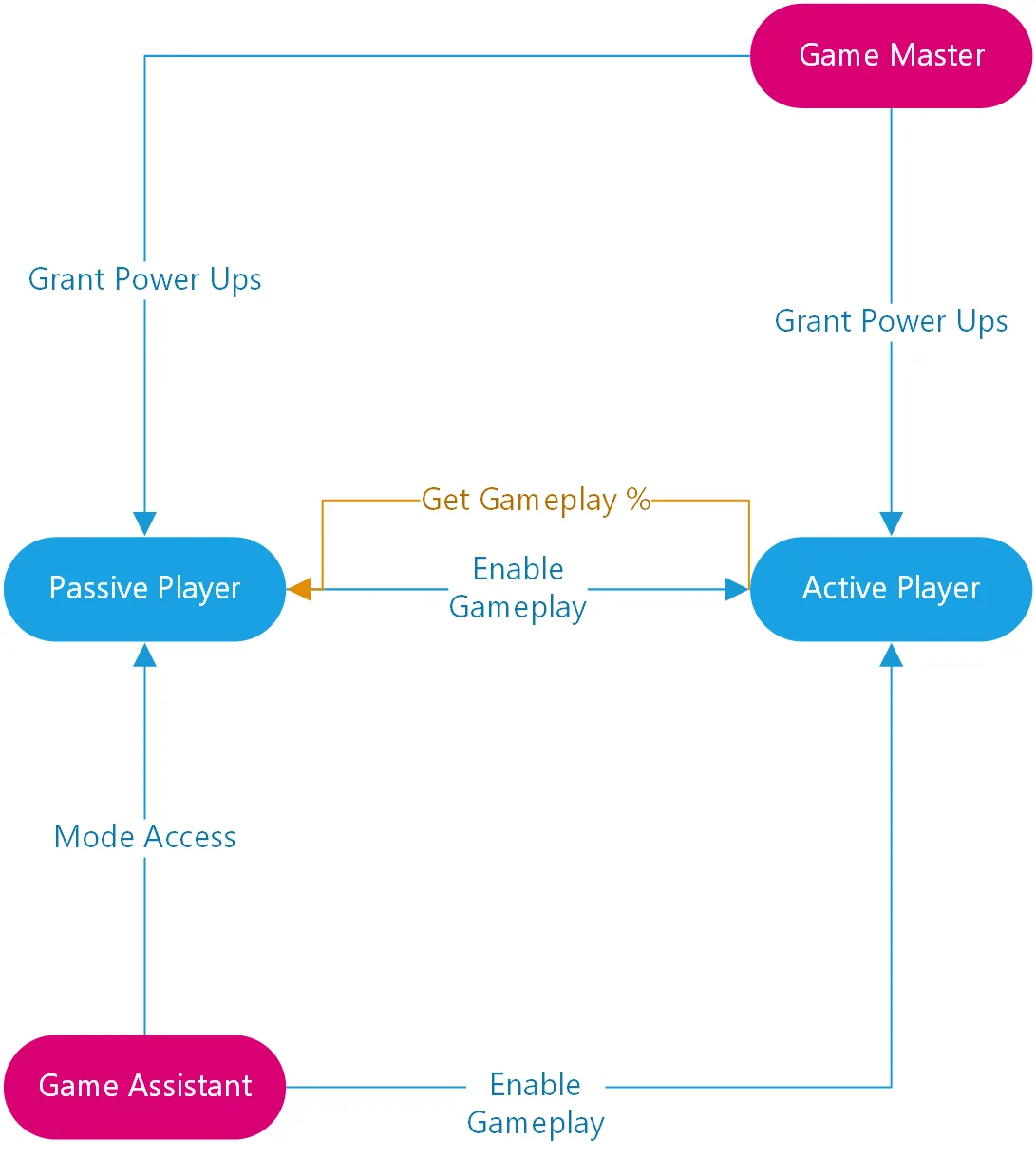My Thoughts on Accessibility and Safety for Physical-Digital Hybrid Games
My capstone project for Game Design is an interactive experience melding physical play with AR (Augmented Reality) to be used in large events with the intent of helping bridge the dissonance between the York Regional Police and youth ages 8-12. As I continue forward, many concerns for accessibility and safety crop up, and I’d like to share my thoughts on the matter here.
Accessibility
Accessibility is a major concern of mine for this project. Seeing as this project is intended to be inclusive, especially considering the entity that will be using this, it must cover as wide a gamut as possible.
Motivation
Back in early 2015, I was part of a team that made a game for Holland-Bloorview Children’s Rehabilitation Hospital in Toronto, Canada. A member of the team was a huge proponent for accessibility, taking into consideration all of the things that could get in the way of children playing such as limited visibility, hearing, and motor skills. In the end, our game was 2nd best when judged by the children. Months later we got to see this video [since removed from Global News' site] in which Tomas, the child seen in a wheelchair, expressed his liking to our game as it allowed him to partake in it passively.

Accessibility is becoming a huge part of UX (User Experience) design for reasons such as above: it enables everyone to play.
Context in Game
My currently unnamed game has players moving in a physical space in search of Game Assistants, a role given to the Police Officers, wherein the player scans a QR code to enable in-game activities. This is one of many points of contact I create using the design of the game – but what if you’re a really tired 8 year old or have limited mobility?
Accessible Mechanics
The solution I’m currently moving forward with is allowing the player to become a Passive Player. This entails the same as the Game Assistant, granting Active Players the ability to find allies in AR to recruit.
One of the design pillars of my game is Human-Human Interaction. This means I must design systems that naturally lead to that outcome. Having Active Players seek out Game Assistants yields that. Using the same concept, we can flip it so that Active Players naturally seek out Passive Players too, incentivizing the exploration necessary to do so.

Agency in Passive Play
The overarching game loop sees players accrue enough points of sorts using Incremental game mechanics akin to clicker games such as Cookie Clicker. Notice that the current solution outlined above works for mobility but not agency as there is no action being performed by the Passive Player, no rewards for interaction. Additionally, as the game hinges on teamwork, these players may feel left out of advancing the game forward in any significant way. However, incremental design is great because of idle mechanics.
I’ve designed it so that player’s interact with each other via paying-it-forward. As players acquire allies (whom act as multipliers and auto-clickers), they can pass them along to others for even greater benefit, making it not only viable but more optimal than working solo. Since players are required to interact with the Passive Player to enable this mode, they can get a percentage of what is acquired due to them and contribute it back into the pile. Thus, the player need not do more than a Game Assistant, but can have the joy of seeing their own contributions rack up a huge score.

Safety
In it’s current form, there is one major concern about Passive Players: the affordance for abuse. These mechanics physically draw players to a real-world location. This means that an abuser could draw in children aged 8-12 to them and that’s just really bad, especially if this game is for law enforcement. So, the question then is, how do you completely remove the potential for abuse? Completely is key as there is no margin when the stakes are this high.
My solution is to use the system in its favour. I already have Police Officers on duty as Game Assistants, so why not have them be those who vet the Passive Players? By having an Officer approach anyone requesting to go into Passive Mode, they can assess their potential for harm. Officers can screen those who want this kind of access based on the situation and delegate as needed.
There’s the added benefit of having an Officer interact with those who would not be going to them during the game, ensuring that any participant can have these meaningful human-human interactions.
Remarks
Accessibility is becoming a necessary component of game design and should be part of your design process as you go through. The mechanics use here would not be possible retroactively and issues related to them are too risky such as child safety cannot be an afterthought. It's a win-win anyways, so why would you not make your game more accessible to everyone.